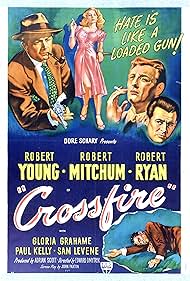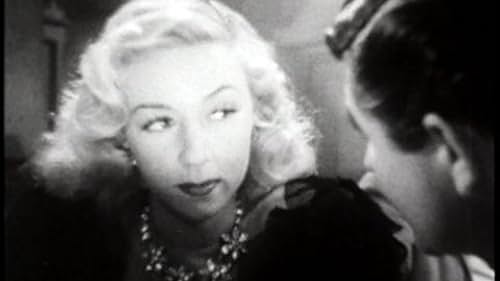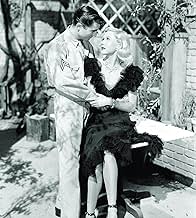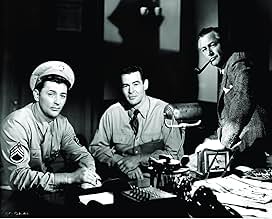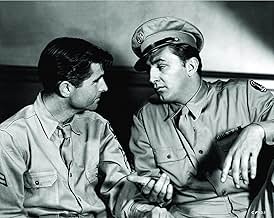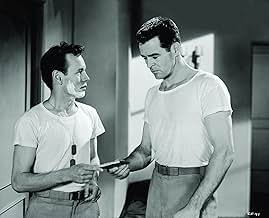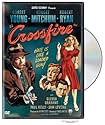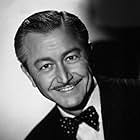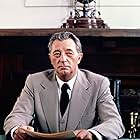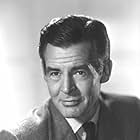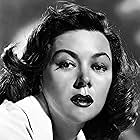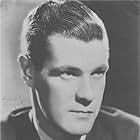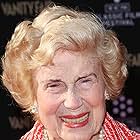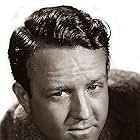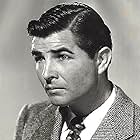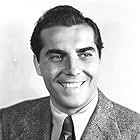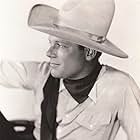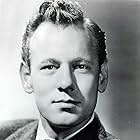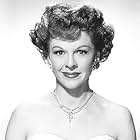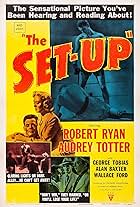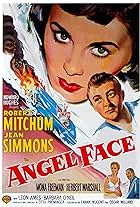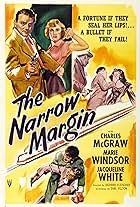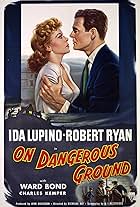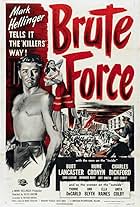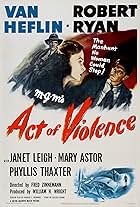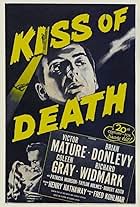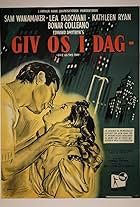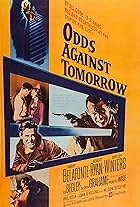A man is murdered, apparently by one of a group of demobilized soldiers he met in a bar. But which one? And why?A man is murdered, apparently by one of a group of demobilized soldiers he met in a bar. But which one? And why?A man is murdered, apparently by one of a group of demobilized soldiers he met in a bar. But which one? And why?
- Nominated for 5 Oscars
- 3 wins & 8 nominations total
George Barrows
- Military Policeman
- (uncredited)
Eddie Borden
- Man in Hotel Bar
- (uncredited)
Robert Bray
- Military Policeman
- (uncredited)
Don Cadell
- Military Policeman
- (uncredited)
- Director
- Writers
- All cast & crew
- Production, box office & more at IMDbPro
Storyline
Did you know
- TriviaBased on Richard Brooks' first novel, "The Brick Foxhole" (1945), written while he was still a sergeant in the U.S. Marine Corps. One of the many subplots of the novel dealt with homophobia, but that was changed to anti-Semitism and became the focus of the story for the film. The decision was made by producer Adrian Scott, who had purchased the rights to the novel, knowing any depiction of homosexuality would not get past the Production Code Administration.
- GoofsWhen Keeley is at the door talking to Floyd, just before Keeley and Bill Williams leave Floyd's room, the boom operator is reflected, perfectly framed, in the mirror to the left of the door behind Keeley in two shots for a total of about 17 seconds.
- Alternate versionsAlso available in a computer colorized version.
- ConnectionsEdited into American Cinema: Film Noir (1995)
- SoundtracksShine
(uncredited)
Written by Cecil Mack, Lew Brown, and Ford Dabney
Performed Kid Ory's Creole Jazz Band
Played in Red Dragon dance hall when Mitchell first meets Ginny
Featured review
"Crossfire" feels like an underdeveloped masterpiece -- it's well acted and beautifully filmed, but thinly written and way too short. As is, it's just a decent police procedural with hints of film noir (at its zenith in 1947) and social commentary (also trendy at the time) thrown in for good measure. It's remembered today as one of the first two Hollywood films to deal with anti-Semitism, and as being much better than the similarly-themed "Gentleman's Agreement" (no mean feat). But its real subject is the difficulty that WWII soldiers, as trained killers, were having as they made the transition to civilian life. (For a more genteel take on this topic, try "The Best Years Of Our Lives.") A man is beaten to death in the first few frames of the film. We do not see his attacker. The movie is about the investigation of this murder, which is actually pretty straightforward, but it takes some unnecessary detours, like when the main suspect, a depressed soldier, winds up in the apartment of Gloria Grahame, a dance-hall hooker with a really weird pimp played by Paul Kelly. There's also a civics lecture halfway through the movie that slows the proceedings to a crawl, and the ending is tidy enough for a cop show. But otherwise it's a pretty decent mystery. Still, what a great noir it could have been. Director Edward Dmytryk drops a few hints at the subject of the original novel -- homosexuality, not anti-Semitism -- like when sadistic creep Monty seethes at the image of his friend Mitch talking with a strange man at a bar. And the cast is excellent. Robert Ryan makes for a very credible cretin, and even becomes a little sympathetic in his final scenes, not unlike Peter Lorre as the child murderer in "M." He deserved an Oscar but lost to Edmund Gwenn that year (you can't beat Santa Claus). Robert Mitchum is onhand as a soldier friend of the accused killer. Was Mitchum a great actor or a great star? Someone else can figure that out, but his sleepy eyes and bemused half-smile work very well here since they imply that his character knows something everyone else doesn't. (And he does.) And Robert Young, as the detective assigned to the murder, is surprisingly gritty, discarding his usual avuncular affability even when he has to deliver the civil-rights sermon midway through the picture. There's no question that Bogart or Tracy would have been brilliant in the role, but neither of them were at RKO in 1947 so you'll just have to deal with Dr. Welby. Still, Young is good enough to make you wish someone had cast him in a detective drama instead of "Father Knows Best," which he hated and which drove him to alcoholism and suicide attempts. The man deserved better than smarm and Sanka.
- Putzberger
- May 2, 2009
- Permalink
- How long is Crossfire?Powered by Alexa
Details
- Release date
- Country of origin
- Language
- Also known as
- Cradle of Fear
- Filming locations
- RKO Encino Ranch - Balboa Boulevard & Burbank Boulevard, Encino, Los Angeles, California, USA(Studio, exterior town scenes)
- Production company
- See more company credits at IMDbPro
Box office
- Budget
- $250,000 (estimated)
- Runtime1 hour 26 minutes
- Color
- Aspect ratio
- 1.33 : 1
Contribute to this page
Suggest an edit or add missing content

